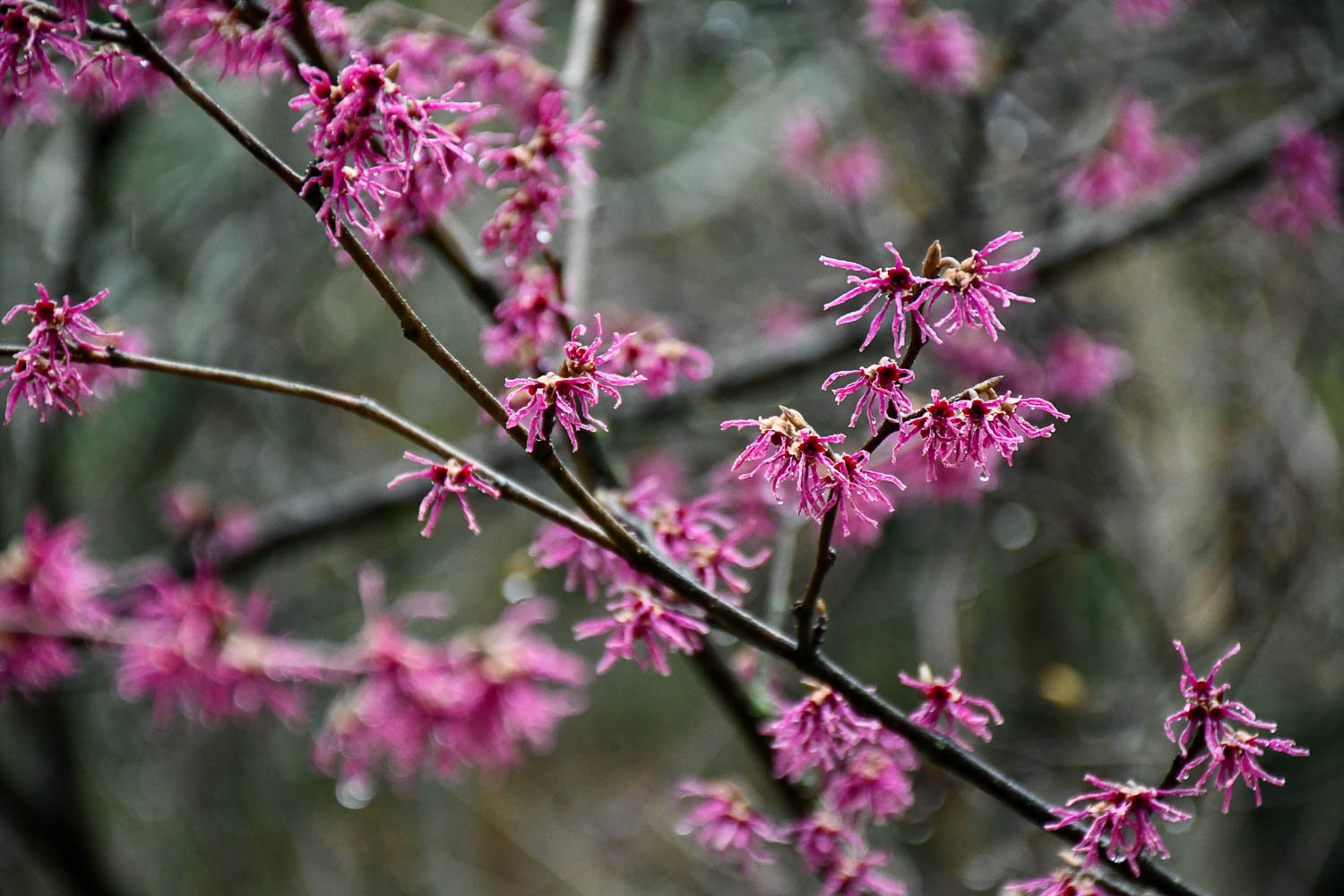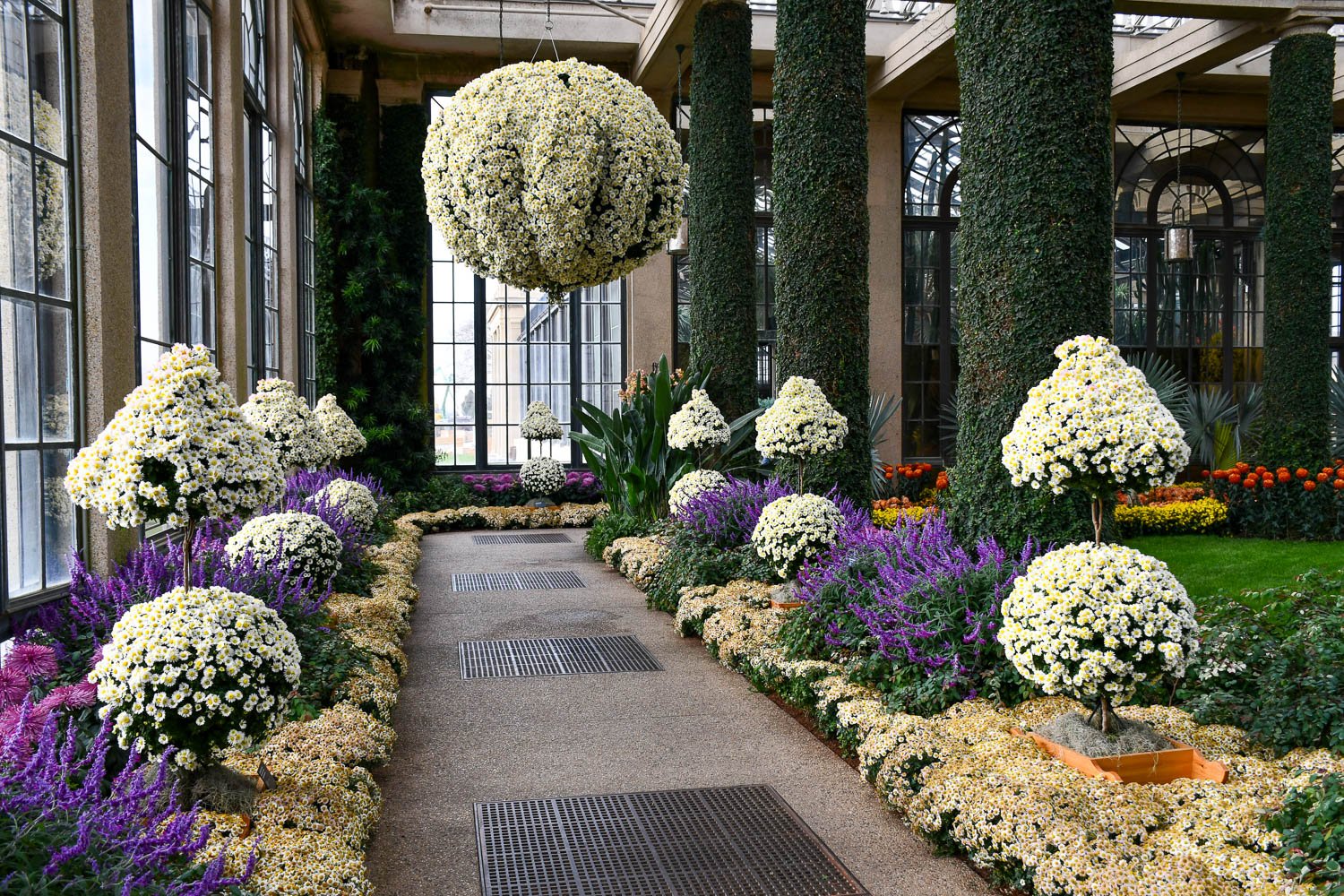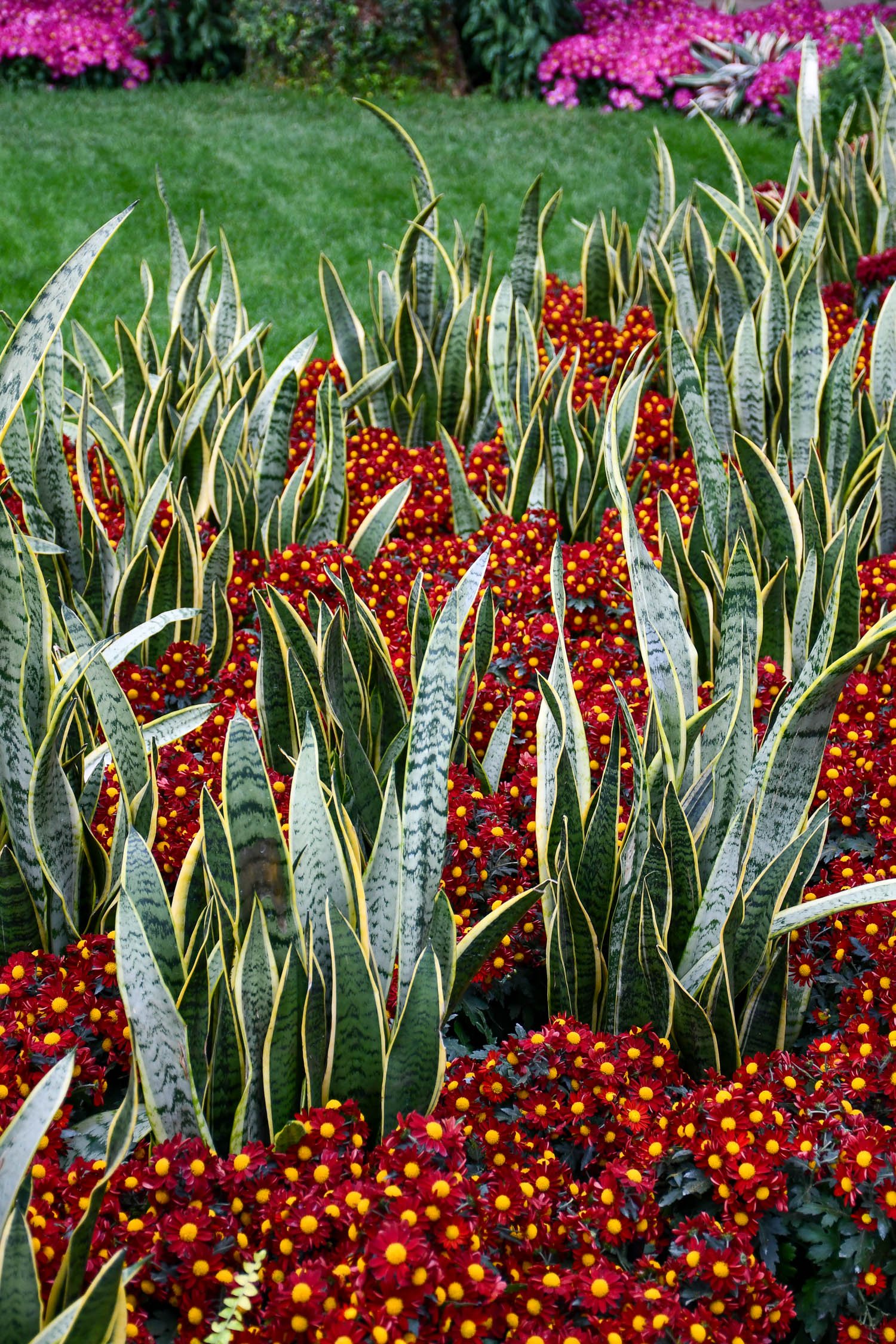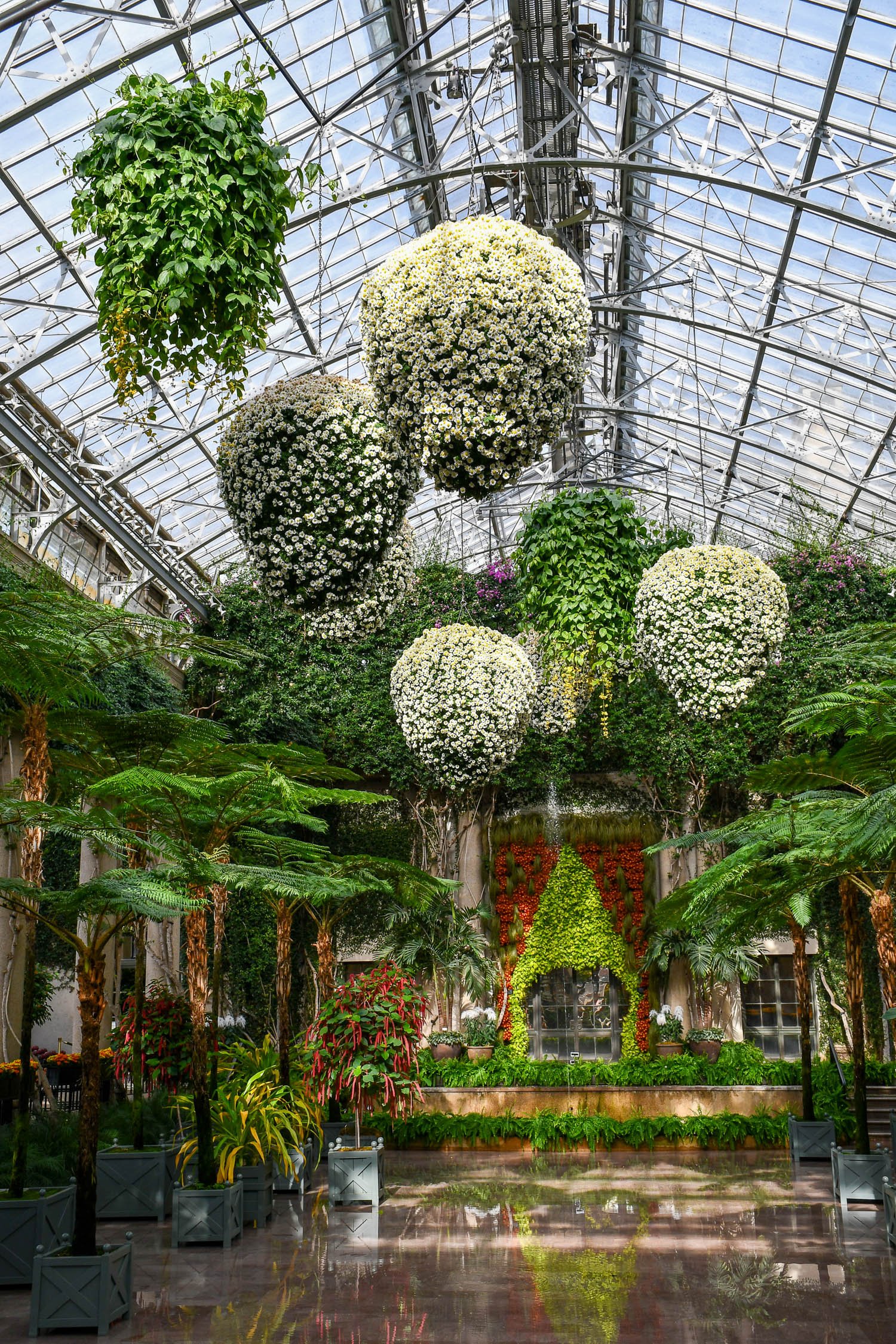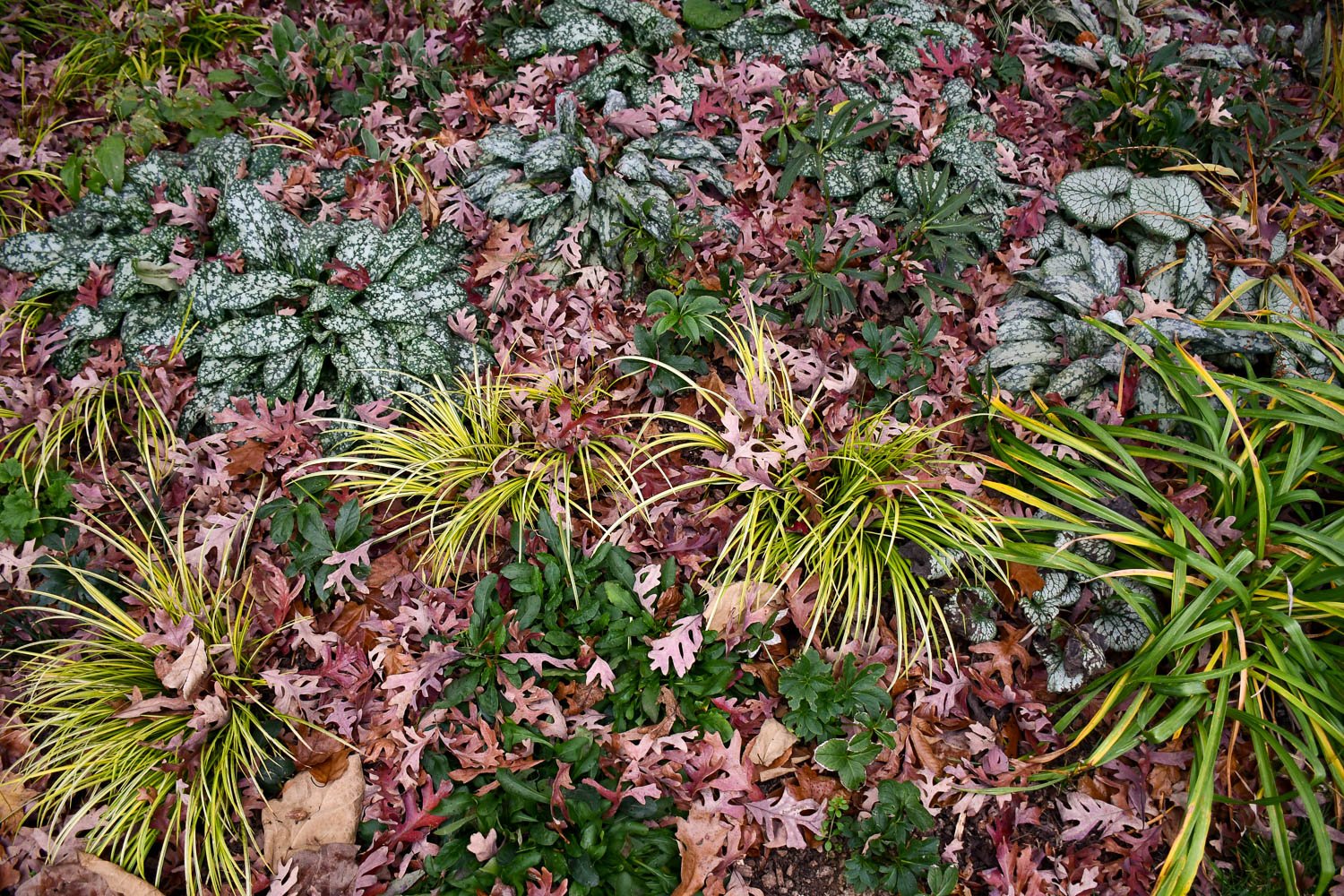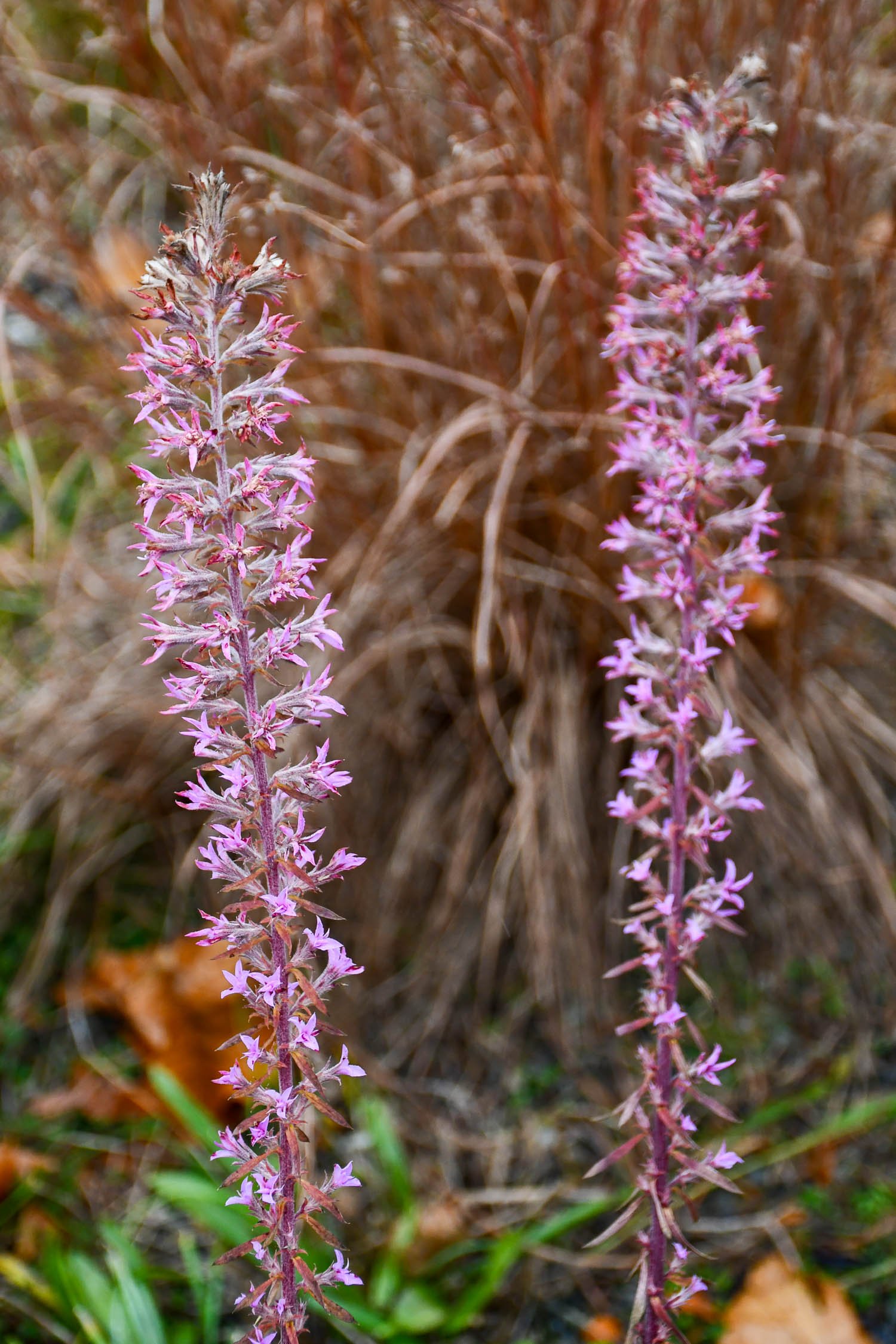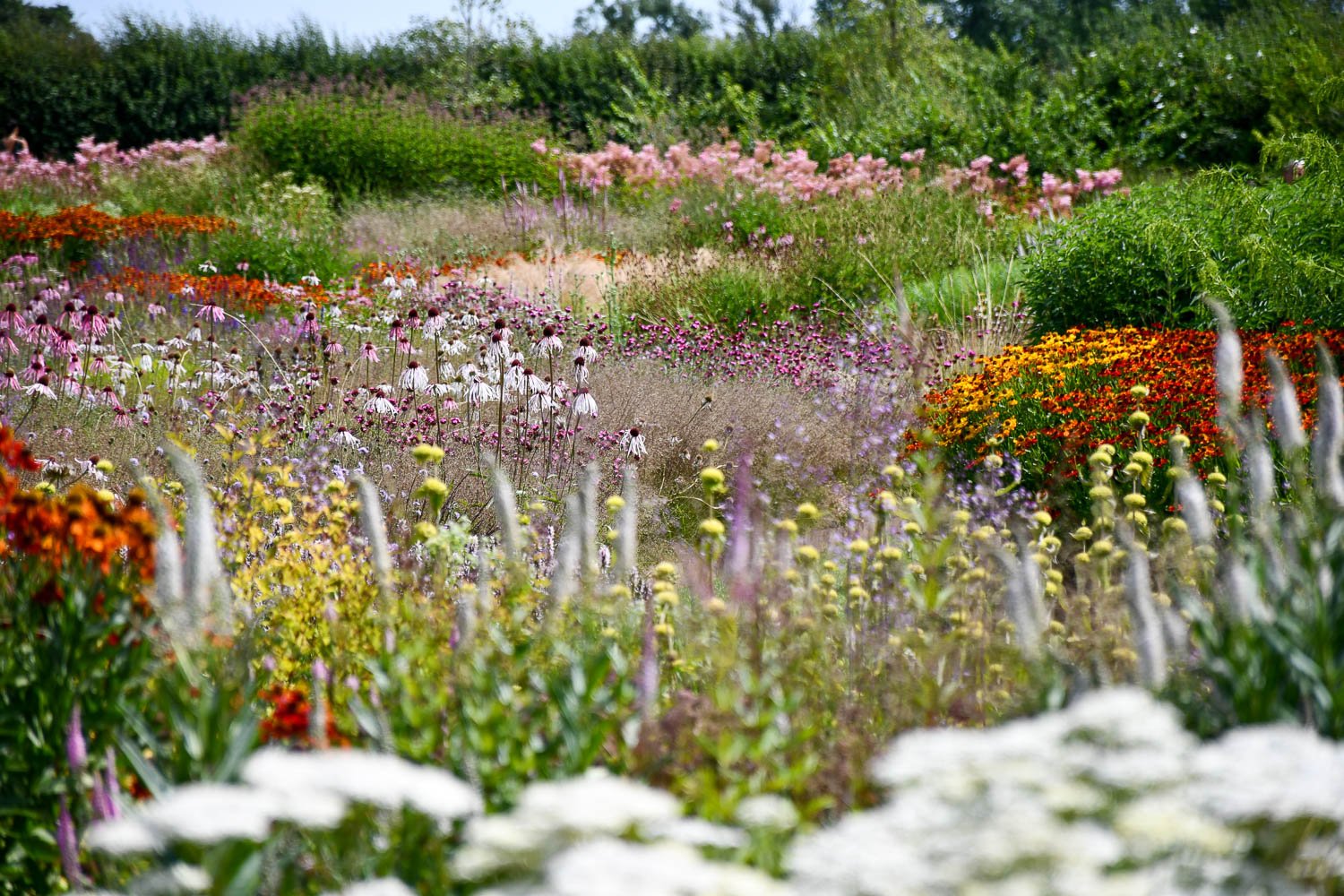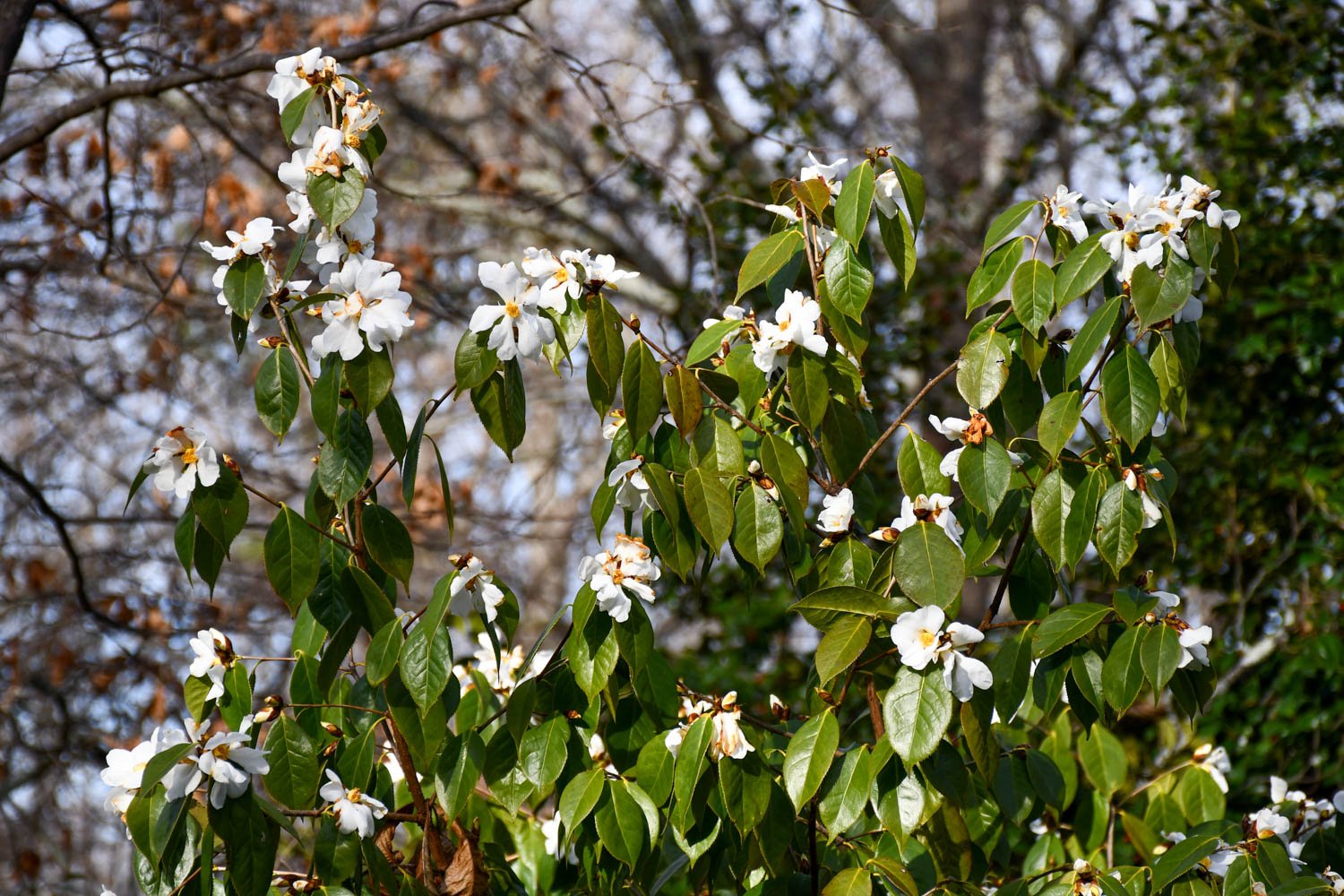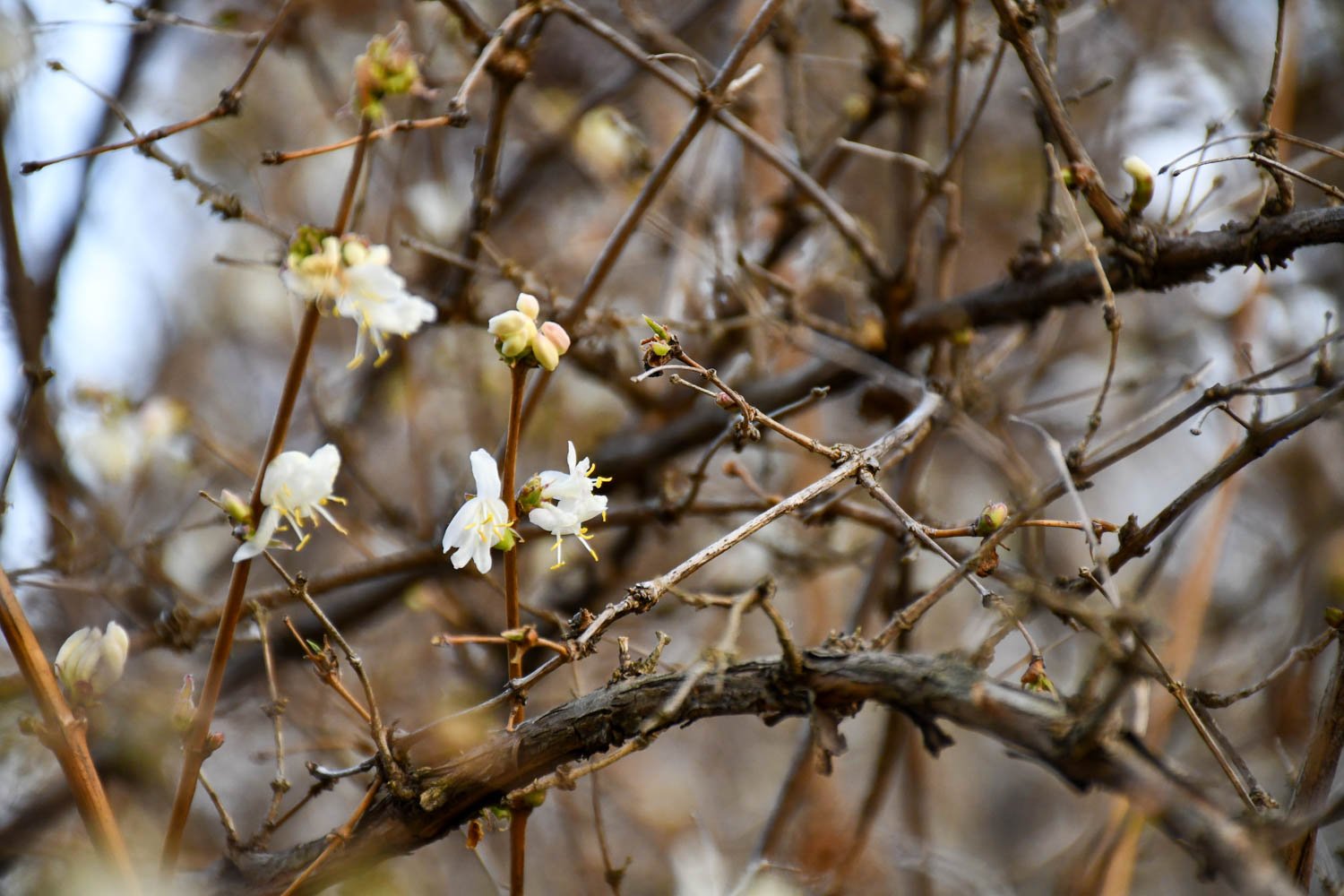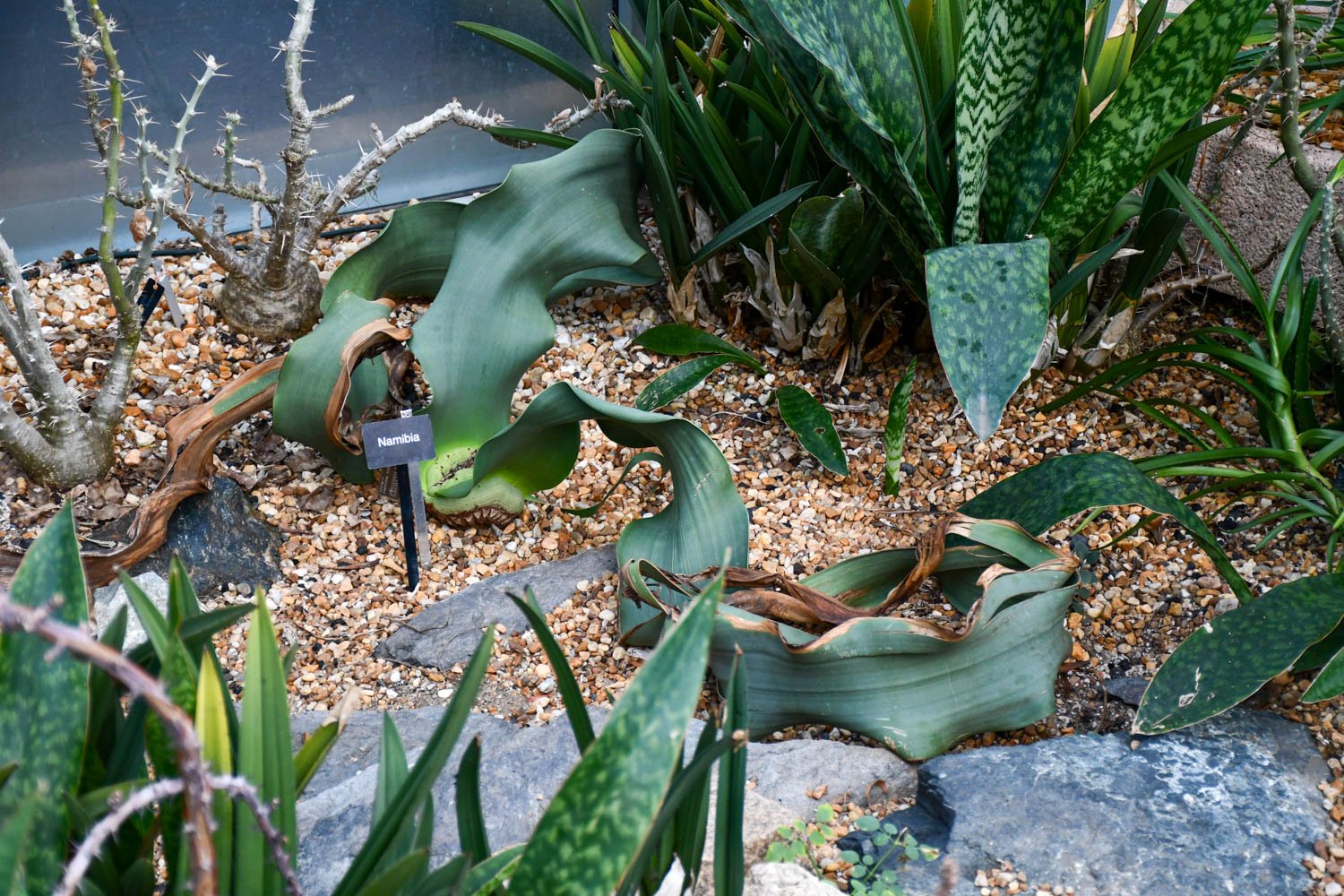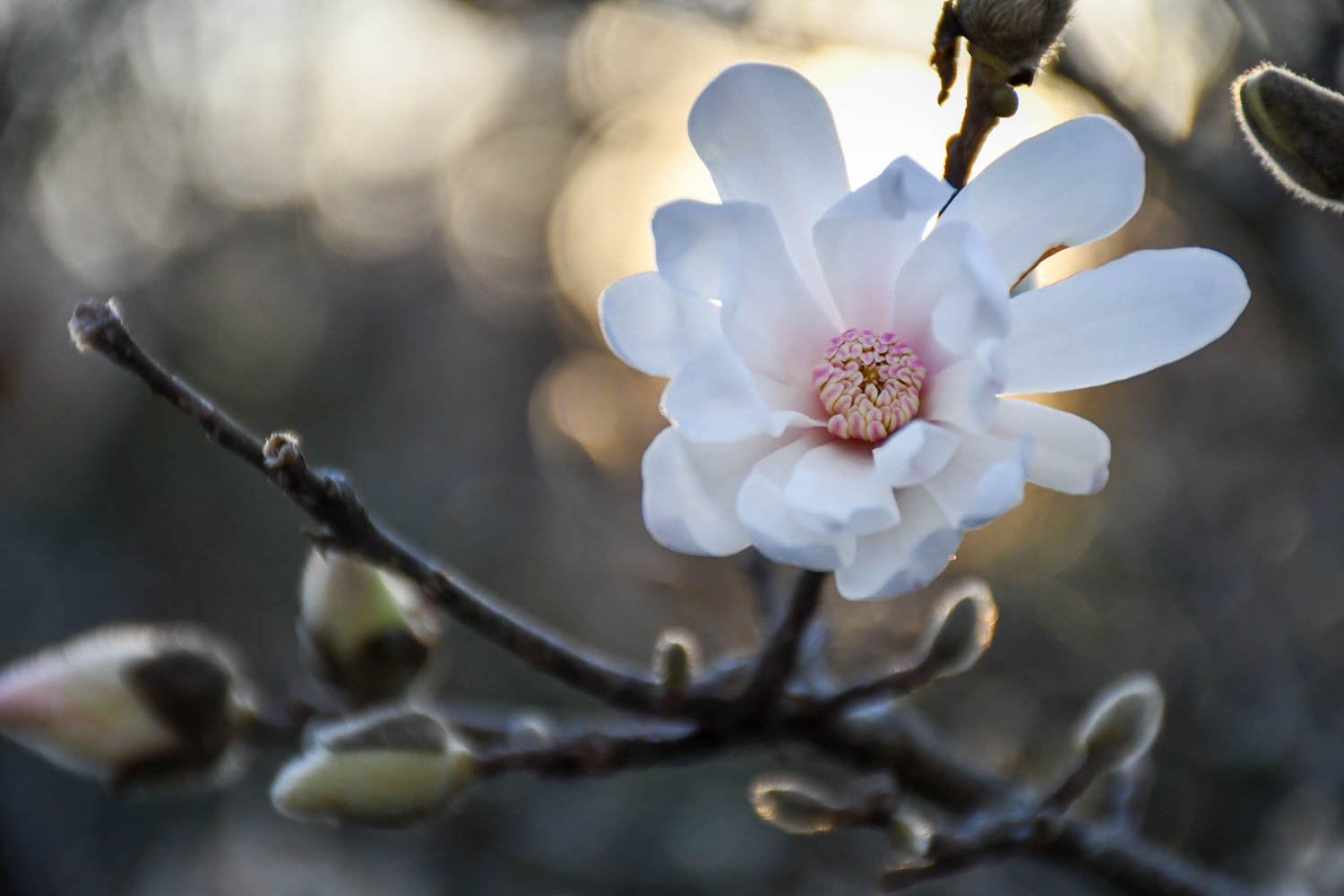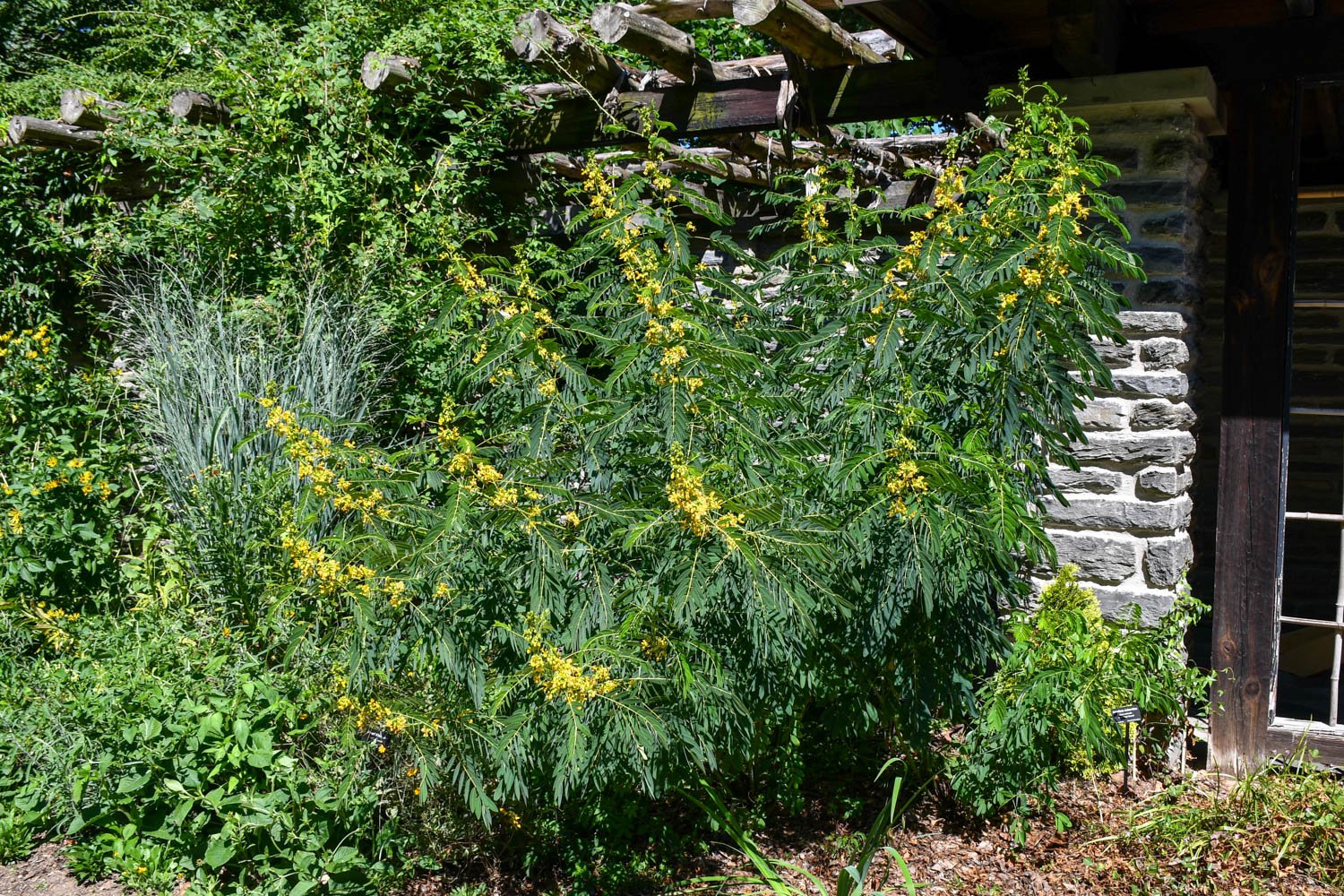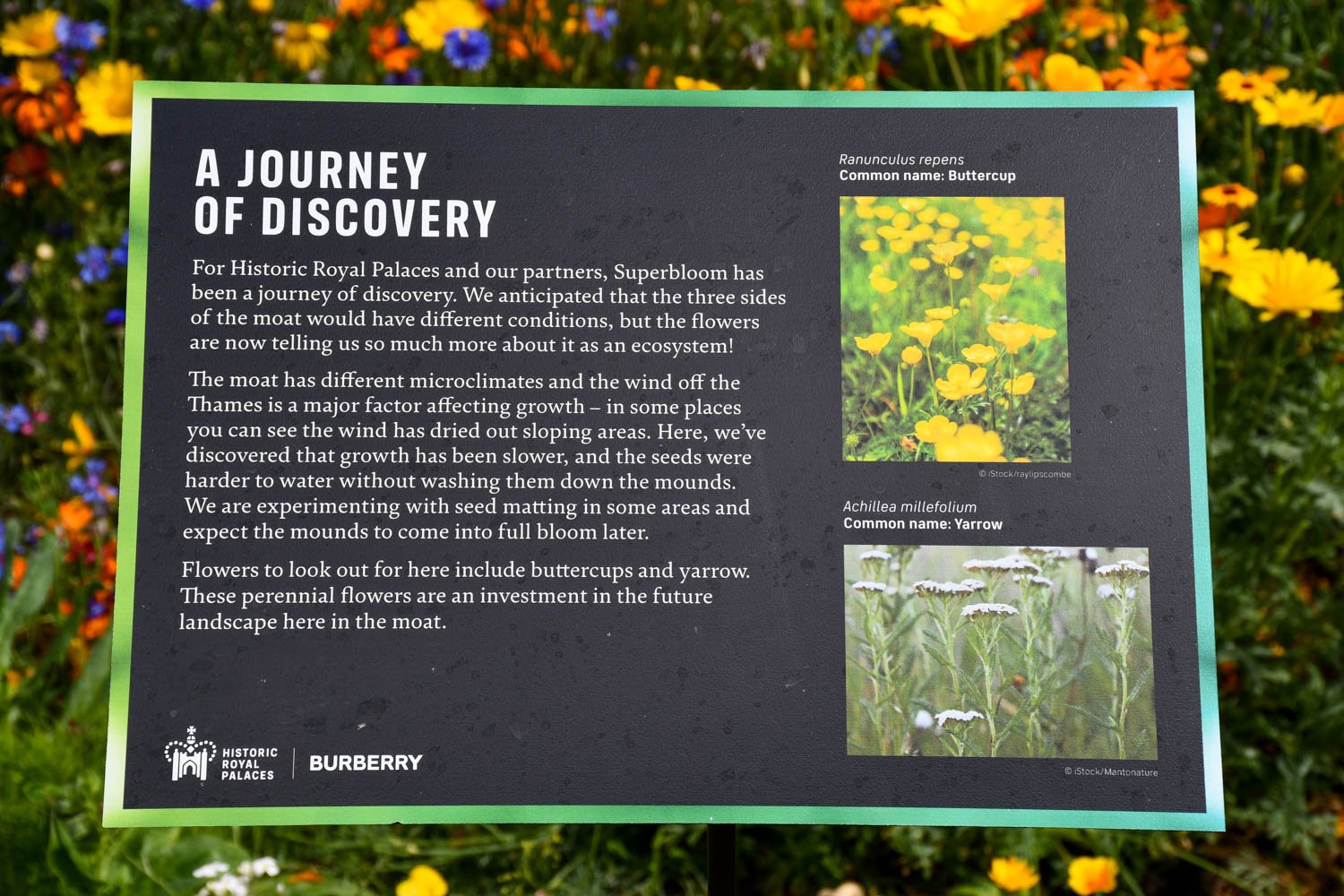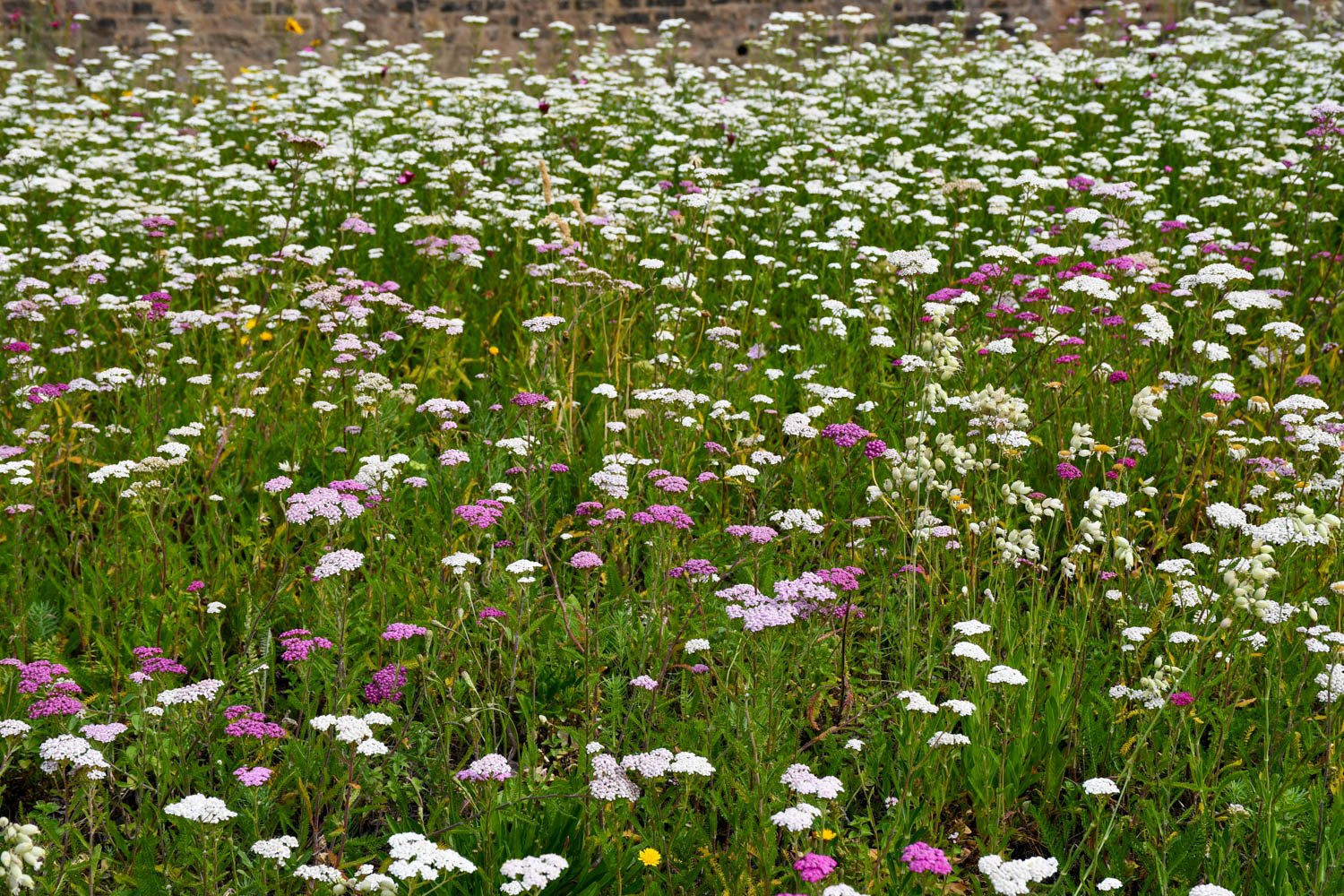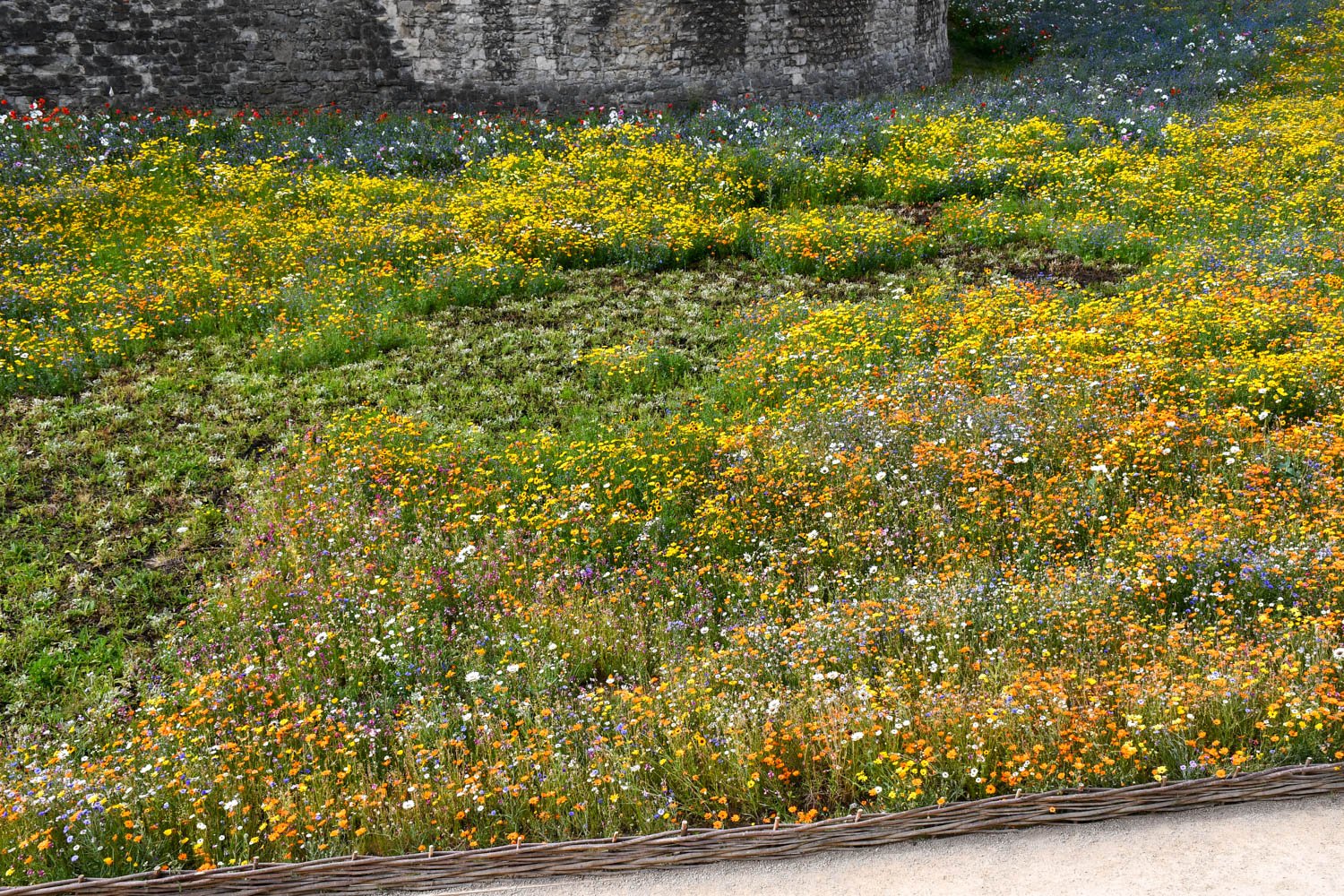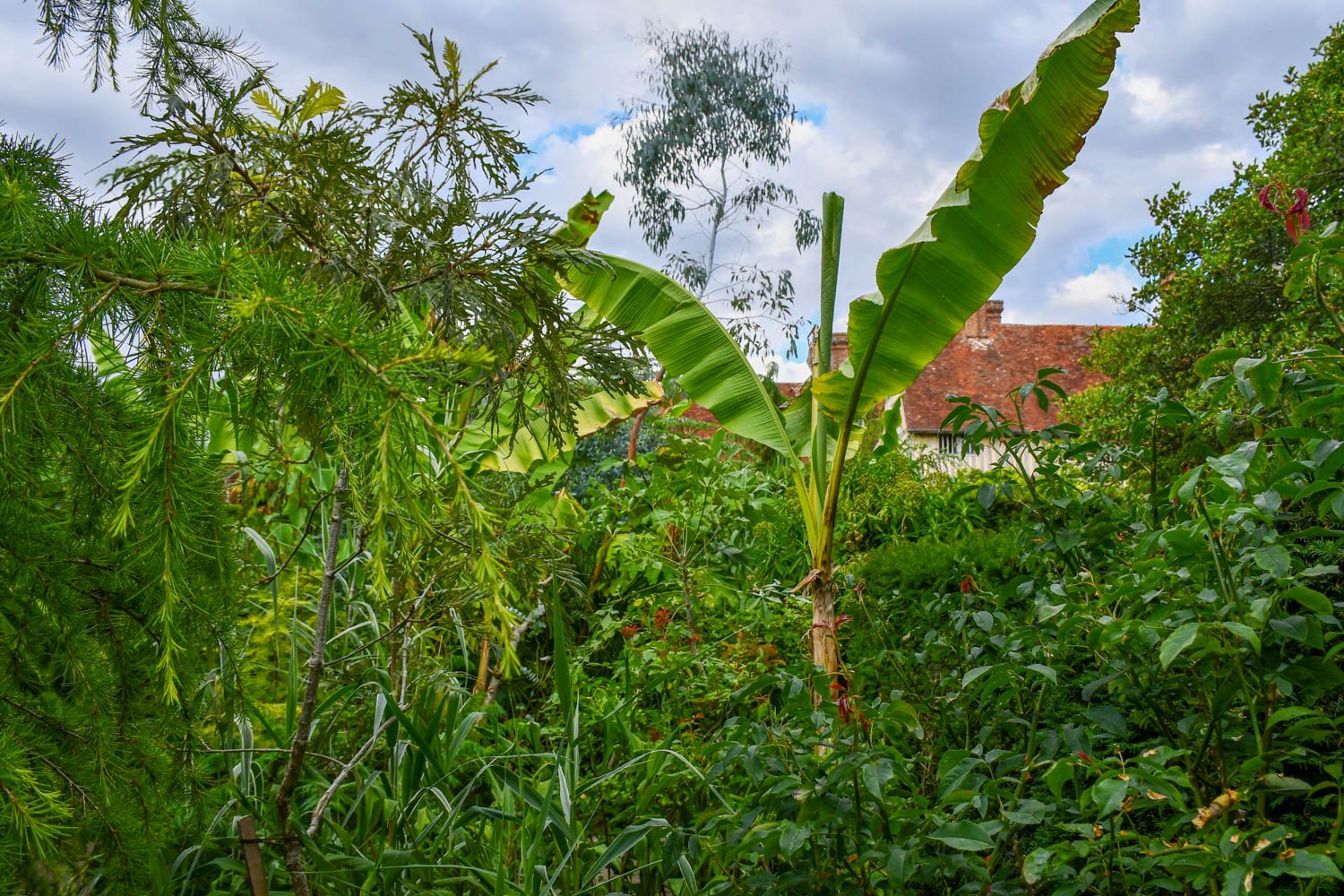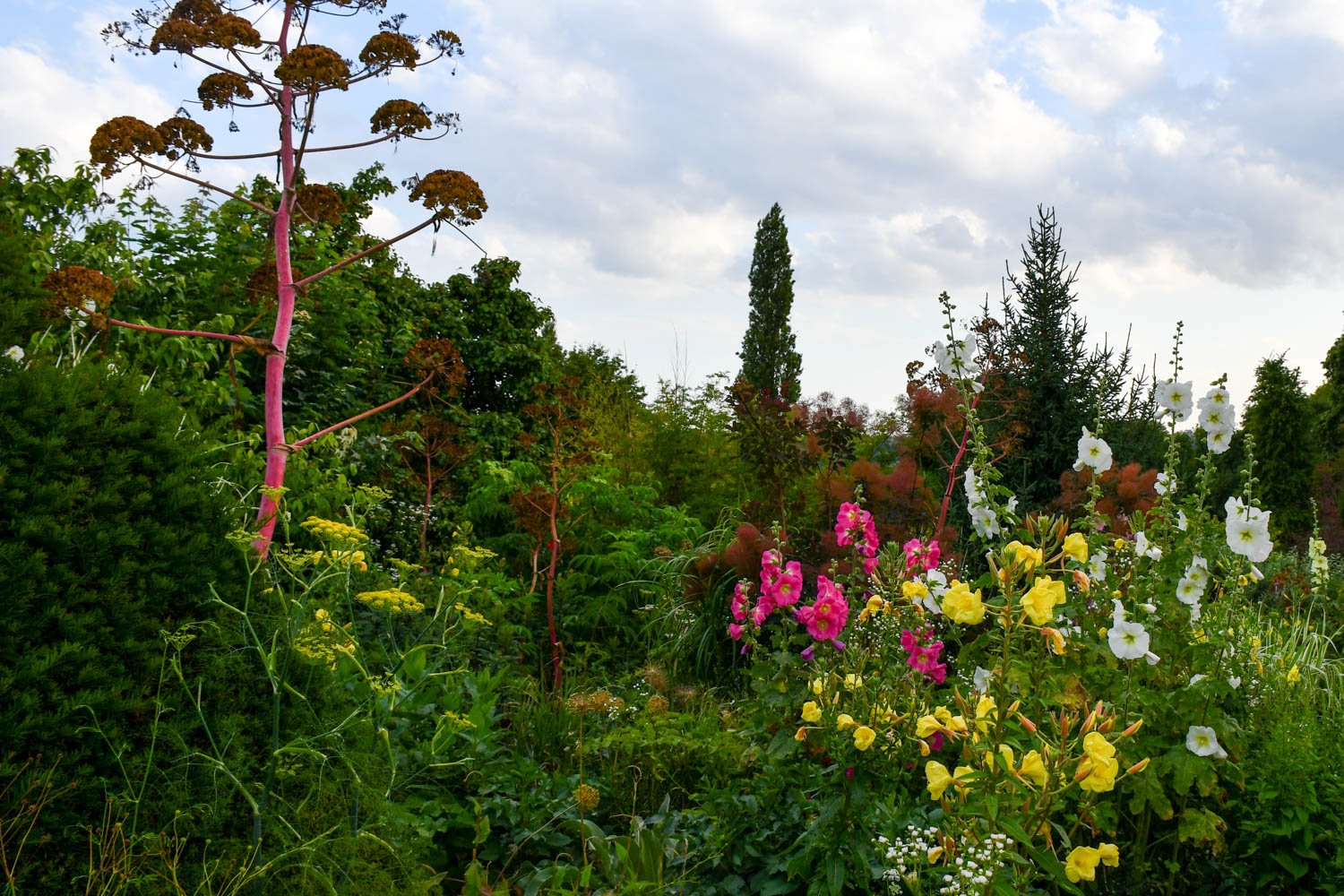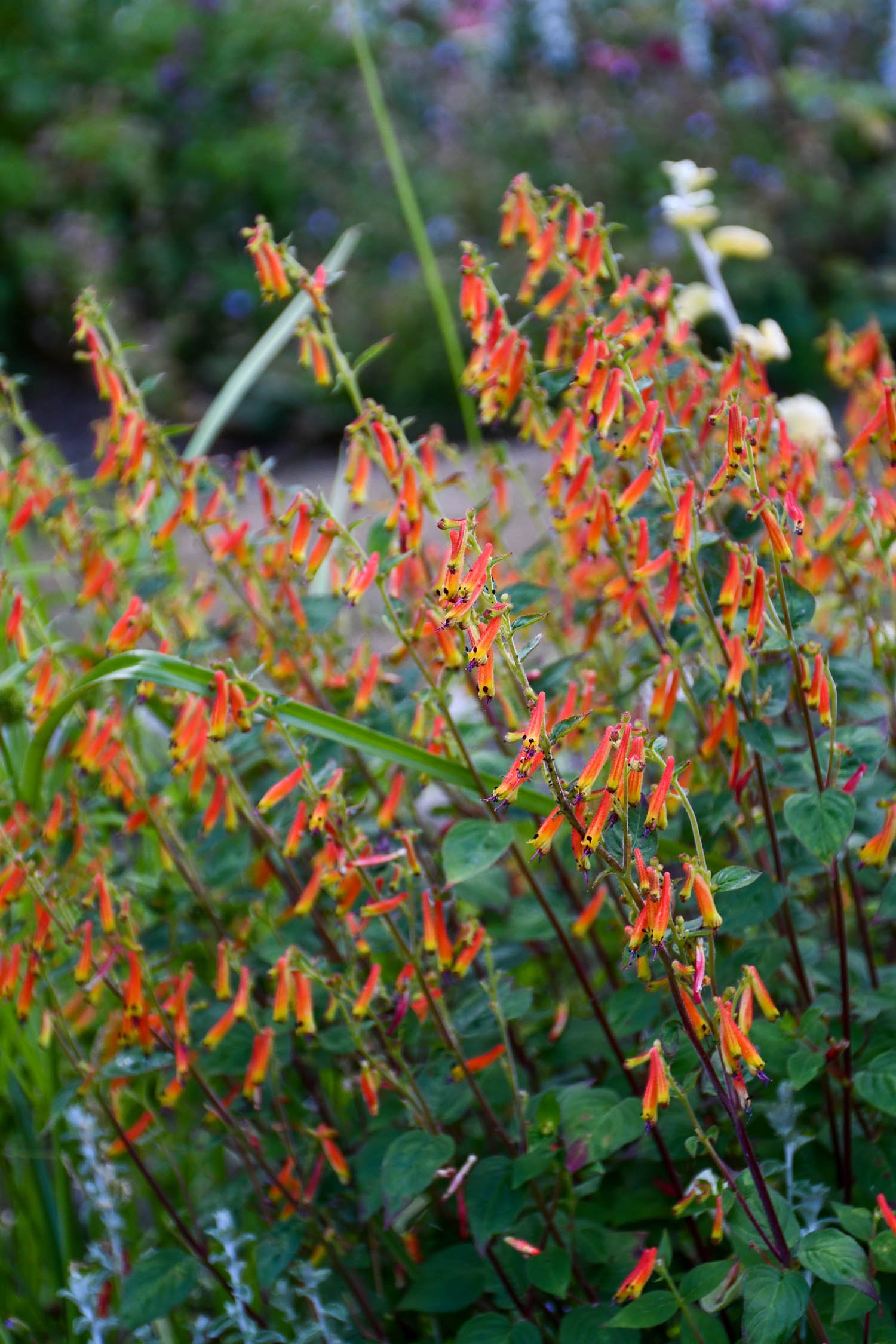A few months ago when I was giving a presentation at Longwood Gardens I crossed paths with Claudio Vazquez and Amanda McClean of Izel Plants. In our discussions, they mentioned that co-worker Shannon Currey had heard something about a more heat tolerant Pachysandra procumbens (Allegheny spurge) from Louisiana named ‘Angola’. My ears perked up. I knew this native groundcover from the mountains of Tennessee, but a selection from Louisiana would make it from one of the southwest most populations I knew. Sure enough, BONAP listed a single county in Louisiana.
Finding selections of plants that grow on the margins of their range provide new opportunities to expand their use in gardens. They often have traits that make them more adapted to those extremes, whether the conditions be hotter, colder, drier, wetter, or more. And, a selection of Pachysandra procumbens from Louisiana would likely do better in east Texas than one from Kentucky or Tennessee.
So, I emailed Shannon, who said that it was collected by the late Dr. Larry Mellichamp and Tony Avent on one of their trips through the southeast. She had learned about it from Ed Davis, Assistant Director of the UNC Charlotte Botanical Gardens. She connected us, and Ed offered to share some. He didn’t quite know the entire story but knew it was a great plant. We then put two and two together and realized I would be coming to speak in Charlotte in February. So, we coordinated my visit to the UNC Botanical Gardens.
I had visited in 2011 as part of a conference in Charlotte, but my time was rushed and I only remembered the moon gate. So much had been developed and planted in that time like a brand new natives terrace. Ed was a gracious host, and he made sure to show me a few spots in the garden where ‘Angola’ had spread well.
Pachysandra procumbens ‘Angola’ is a vigorous, more heat tolerant selection of Allegheny spurge from Louisiana.
The emerging flowers of Pachysandra procumbens ‘Angola’
Ed also welcomed me to walk through the rest of the garden. I remembered the moon gate from my previous short visit many years ago, but the place had developed so much. The photos below show how much care the gardens have received since my first visit.
The moon gate frames the entrance to the Asian garden.
I probably saw over ten Edgeworthia chrysantha (paperbush) during my time in Charlotte, and it has been exciting to see the interest in this shrub surge over the past 15 years or so. One of the nicer forms was ‘Gold Rush’ at the gardens.
I love the intricacies of the Edgeworthia chrysantha flower and how they catch drops of rain and fallen petals.
The garden had a massive Hamamelis vernalis ‘Amethyst’ (vernal witchhazel), and with a dark green background the flowers were easily visible.
Hamamelis vernalis ‘Amethyst’ was selected by plantsman Tim Brotzman for the plum-colored petals that appear in February.
The natives terrace featured a variety of textures that were even more apparent in winter.
On the natives terrace Ed said that they grew Eryngium yuccifolium (rattlesnake master) in containers for a novel effect (and to avoid the rabbits!). He commented that they did well as structural elements.
In the Asian garden, I noticed this espaliered Acer palmatum ‘Sango-kaku’ (coral bark Japanese maple) and thought that training it along one plane was a neat effect.
It’s been years since I have seen or even thought about Corylus avelllana 'Contorta' (contorted filbert). It has such good winter interest with the twisted branches and catkins emerging.
Cascading down this rock wall was a gorgeous prostrate Gardenia jasminoides ‘Radicans Variegata’. Even if it didn’t bloom (which it does!), this plant would be a worthwhile addition to brighten a dark spot in the garden.
Acer palmatum ‘Murasaki Kiyohime’ was an interesting study in plant shape and texture. Ed said that they had pruned it back from the path a few times.
A close up of the colorful twigs of Acer palmatum ‘Murasaki Kiyohime’
The Van Landingham Glen featured a mesic hardwood forest that would become carpeted with wildflowers when warmer temperatures arrived. Ed told me that they had encouraged moss to grow by blowing the leaves away from the pathways.
I also spent some time in their greenhouses and headhouse area. These facilities are essential for teaching classes on campus.
On of the neatest pieces of garden art I’ve seen was this metal Dionaea muscipula (Venus flytrap).
Even though it was cool and dreary outside, inside the greenhouses was lush and verdant.
Orchids of all kinds were in bloom inside the greenhouses.
I also loved their bog garden that featured a number of Sarracenia (pitcher plant) species from the southeastern US. The curved structure allowed them to create a gradient in height for water applied by hand to move through the bog.
Here’s another photo of the bog garden showing the curvature and the slope.
And, thanks to Dr. Mellichamp the UNC Botanical Gardens are a wonderful place to learn about the unique flora of the southeast US, as shown on this mural. I can’t wait to visit again!






